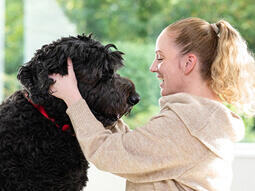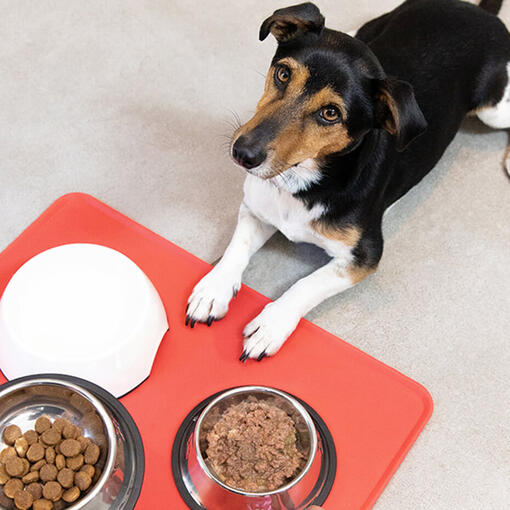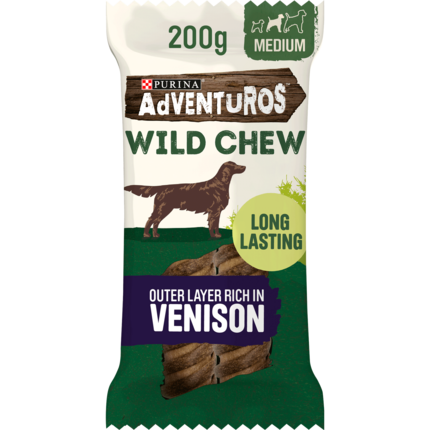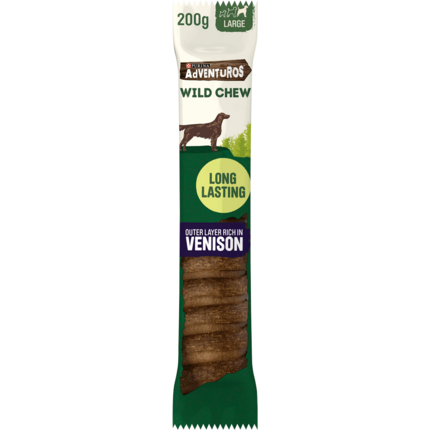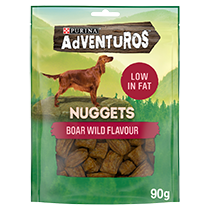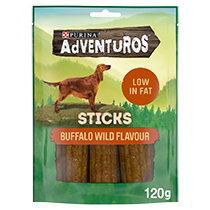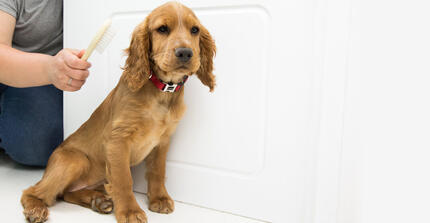
Grooming your dog is part of your life together, and done properly, is a great bonding exercise. Not only does grooming ensure your dog is kept looking at their very best but it is also a good opportunity to give them a quick health check for any lumps, bumps, cuts or and other physical changes.
Here are some tips for how to groom your dog.
When it comes to our canine friends, grooming is an important part of your regular dog care. Depending on your dog’s coat, this might be an every day event to keep them clean and tangle-free, or for smooth-coated dogs, more of a once a week thing but it’s equally important for both. For non-shedding breeds, hair care can be a bit more involved and can involve the expense of regular visits to a professional groomer.
But in most cases, grooming your dog doesn’t require any special skills and can be done at home with basic equipment.
As with anything, grooming is something that should be introduced to dogs slowly from being a puppy – so that by the time they are an adult, they enjoy being handled and groomed.
Grooming isn’t something that should be rushed – as it is a great social bonding exercise and it is far more enjoyable if you are both relaxed. Make sure to take it slowly and gently, using plenty of praise and even some treats to make the experience even more positive.
Sometimes it is easier if you have someone to help you – as they can hold your dog while you work on any tangles or knots especially if you have a wiggly pup!
The benefits of dog grooming
It is important that you learn how to learn how to groom a dog at home. This is something that is good to talk to your dog’s breeder about before you bring them home – so you know exactly what to do and what equipment you will need. Otherwise a good dog groomer will be able to advise you – and even show you the first few times.
Here are the benefits of grooming:
- Keeps your dog’s coat and skin healthy and looking at its best.
- Keeps them tangle-free and clean.
- Helps detect unusual lumps or scratches.
- Boosts dog-owner bonding.
- Removes dirt.
- Helps to spot and remove grass seeds or any foreign bodies.
- Allows you to spot any parasites such as ticks.
- Improves circulation.
- Reduces shedding (especially in breeds that change their coats regularly).
- Makes your dog look fabulous!
How often should you groom your dog?
Your dog’s breed is usually a good hint. Long-haired dogs will need daily brushing to keep them clean, tangle-free, remove dead hairs and avoid painful mats from forming.
Breeds with shorter coats can usually get away with just a thorough brush once a week – unless they lead very active outdoor lives.
Bathing is more “as and when required” activity as is additional claw care, but be aware that overgrown nails can cause infections and affect your dog’s walking, so make sure you check them regularly.
How to groom a dog
Grooming can be a long or short task, depending on the breed of dog you have and their hair type. To make sure your grooming sessions run smoothly, make sure you have all the correct equipment and a designated grooming area. Take a look at our top grooming tips for more information.
This is the main part of grooming your dog – making sure all their hair is brushed, clean, tangle-free and healthy. Brushing your dog’s hair will help avoid fur matting and reduce shedding. It is important that you use the right equipment – and often the best source of information will be your dog’s breeder – as they will be used to grooming their own dogs of the same breed and with the same coat type.
Pet superstores are a good place to find grooming equipment – or else look online at some of the specialist grooming suppliers. You will likely see quite a selection, including rubber brushes, grooming mitts and slicker brushes. Choose the one that is suitable for your dog’s coat and, if in doubt, ask for advice.
You might need a variety of brushes to let you groom both their body and the more delicate areas such as paws, face, stomach etc.
Grooming dogs with different hair lengths doesn’t have to be complicated. By making sure you have the right utensils and have followed the right steps to make sure your dog is comfortable with the grooming process, it is a smooth task.
Check out our guide on grooming short and long-haired dogs for top tips. But if you are ever in doubt, contact a professional groomer to give you a little help.
Dental hygience is important to dogs as well as humans. There are special dog toothbrushes and toothpaste that will help keep your dog’s teeth clean and their gums healthy – along with specialist toys and chews. Knowing how to look after your dog’s teeth is an important parts of learning how to groom a dog.
This is something that should be started in puppyhood so that your dog gets used to it – but make sure you start slowly – just letting them get used to the taste of the toothpaste first – and maybe using a rubber finger to rub around the outside of their teeth before trying to use a toothbrush – which can be viewed with suspicion!
You should never use human toothpaste as this can contain the sweetener xylitol which is toxic to dogs.
If your dog is very anti tooth-brushing, do not put yourself at risk of a nip from sticking your fingers into your dog’s mouth. You can speak to your vet for other dental care alternatives.
Not all dogs are thrilled with baths and hopefully they won’t need one too frequently, but if you find yourself with the task of cleaning a dog who’s just had the time of their lives rolling in the mud or fox poo, here are a few helpful tips. Before dipping your dog in the bath, make sure you have everything you need nearby, from dog shampoo to brushes and towels. Get your dog’s coat knot-free before getting it wet. And wherever you choose to bath your dog, make sure you put a rubber mat at the bottom to offer your dog a surface they can grip onto.
If your dog has sensitive skin, they may need special gentle shampoo that minimises irritation to their skin – and as always, rinse them well to get rid of any soap that could be left behind. If your dog develops a rash or itching after bathing, speak to a vet for advice.
While it is important to keep the outside of the ears clean (inclusing under the flaps), cleaning the ears is not necessary and can cause lasting damage and infections if done incorrectly. However, if your dog has a history of ear infections, a vet may advise specialist cleaning to help keep recurrence at bay.
They will advise how and when this should be done. Never poke anything into the ear, such as an earbud, because this can cause damage and inflammation particularly if your dog suddenly moves their head.
Nail clipping is not a common activity among dog owners. Your dog’s nails will get shortened naturally by friction during walking, particularly on pavements and other hard surfaces.
Some dogs who are maybe less active or who only walk on soft surfaces, may need their nails trimmed during vet visits or at the groomers.
If your pet needs regular nail trims however and you want to be able to do this yourself, get advice first.
Ask a vet or vet nurse, or groomer, to show you how to check the length of your dog’s claws and how to clip them without catching the quick and causing a bleed.
Make sure you use clippers designed for dogs as their nails are much thicker than ours, and using something blunt can cause a painful tear. If your dog has clear/white nails you should be able to see the quick of their nail which will be pink. Do not trim the nail too close to this, as catching the quick will be very sore and cause a lot of bleeding. In dogs with dark nails you cannot see the quick, so this is far better left to your vet as it is too easy to cut the quick – which is extremely painful and will probably lead to your dog being very wary if you try to touch their paws in the future.
Your vet or groomer will show you how to hold the paw gently, keep the clippers parallel to the nail and how to trim little pieces at a time – otherwise, you may inadvertently remove a large piece of the nail if your pet moves suddenly.
If an accident happens during nail clipping, apply pressure using a clean dressing if possible and if your pet will allow it. If the bleeding does not stop after five minutes, contact a vet for advice. Your pet may need an appointment to check whether any treatment is necessary.
If you notice a torn or broken nail, do not attempt to cut this yourself as it will be extremely sore. However, these should not be left as they can lead to infection, or they can become caught and rip.
What about grooming and bathing puppies
If your dog is still a puppy, make sure you have a look at our puppy grooming article for more advice.
From grooming to bathing your puppy, making sure to introduce them to this slowly is important for positive future grooming sessions. For a step-by-step guide, take a look at our article on your puppy's first bath.
